5 Style Modifiers. 6 Image Models.
Side-by-side look at how top text-to-image models interpret the same style cues.
Heads up: Next Thursday, May 1, I’ll hold a casual live Q&A to showcase two web-based agents: Genspark Super Agent and Proxy. If there’s time, I’ll also tackle pre-submitted and live questions. It’s free to join, so sign up here.
Since December 2022, every last Thursday of the month had me exploring five new Midjourney prompt modifiers.
That’s how I ended up with 140 of them.
But with so many awesome image models on the scene, it now feels increasingly limiting to focus exclusively on Midjourney.
So from now on, I’ll be doing broader AI visual explorations.
Today, I thought it’d be fun to pick five of my favorite Midjourney modifiers to test in the following leading image models:
FLUX 1.1 Pro by Black Forest Labs
GPT-4o native image generation by OpenAI
Ideogram 3.0 by Ideogram
Imagen 3 by Google
Reve Image 1.0 by Reve AI
Seedream 3.0 by ByteDance
All of them are near the top of the AI Image Arena Leaderboard and can be tried for free.
Unlike my spelling test and past model comparisons, my goal today isn’t to pick any winners. I am not testing their prompt following or output coherence.
I already did that a few weeks ago, with sometimes nightmarish results (ahem, Reve):
Instead, I just want to get a vibe check and see how the models treat the same style modifiers.
Here are the five terms I’ll be comparing:
16-bit (seen here)
Blacklight (seen here)
Pop art (seen here)
Stained glass (seen here)
Ukiyo-e (seen here)
I always encourage my readers to use the Midjourney modifiers I share in other models. You’re about to see why that’s a good idea.
Let’s make it happen!
Modifier #1: “16-bit”
I really enjoy the nostalgic feel of this one and once did an entire series of 16-bit sunsets in Midjourney V4. Let’s see how it looks in other image models.
Prompt: 16-bit illustration of a sunset over the Amazon rainforest
Here are the results:
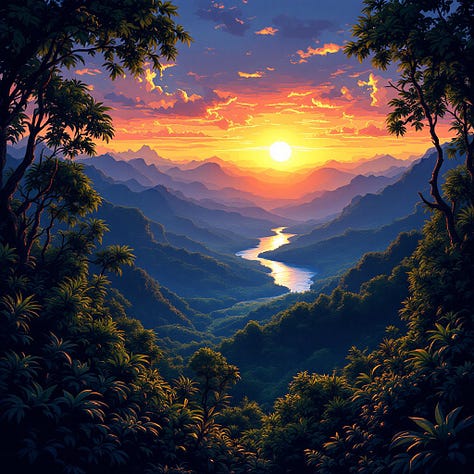


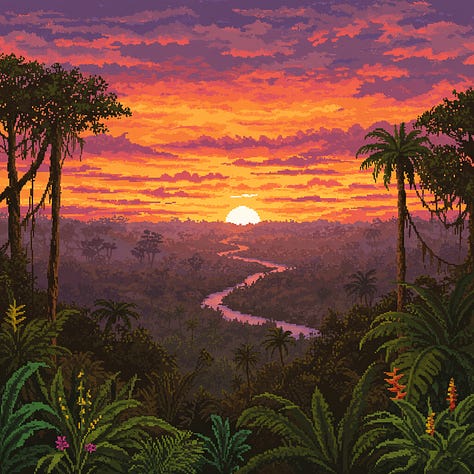

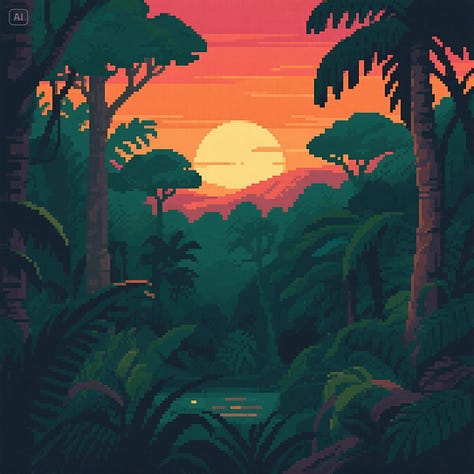
Curiously enough, only GPT-4o and Imagen 3 retain the iconic pixelated look I associate with this modifier from the Midjourney V4 days.
Reve’s output has more of a “synthwave” vibe (see the Midjourney version). Ideogram and Seedream lean into the cartoonish aesthetic.
Modifier #2: “Blacklight”
“Blacklight” is one of my all-time favorite modifiers in Midjourney and featured heavily in my “Cyberpunk Farm” series.
Prompt: Blacklight portrait of a robot wearing a baseball cap



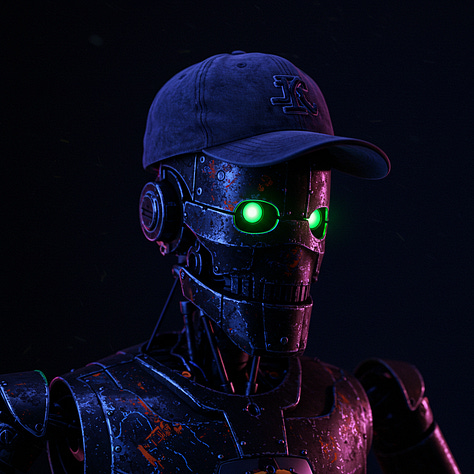

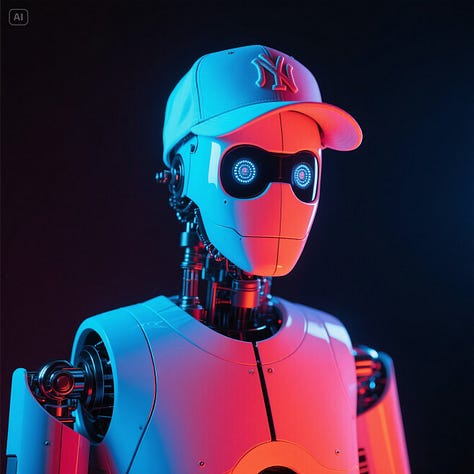
GPT-4o is the only image that vaguely resembles the outputs I’d get in Midjourney using this modifier. Many of the other models seem to treat blacklight as an element of the robot itself rather than the style of the image.
Modifier #3: “Pop art”
Pop art should be a widely known aesthetic, so let’s look at how the models channel it.
Prompt: Pop art poster for a sci-fi themed music concert
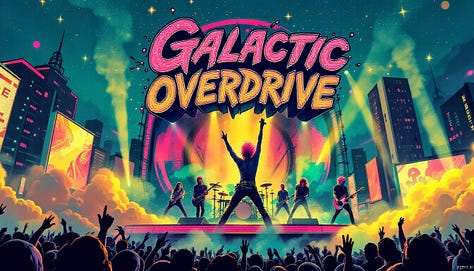
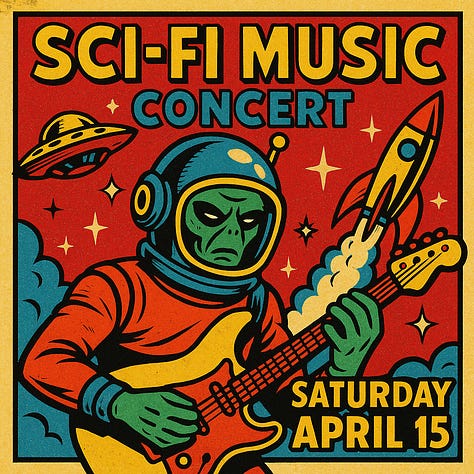

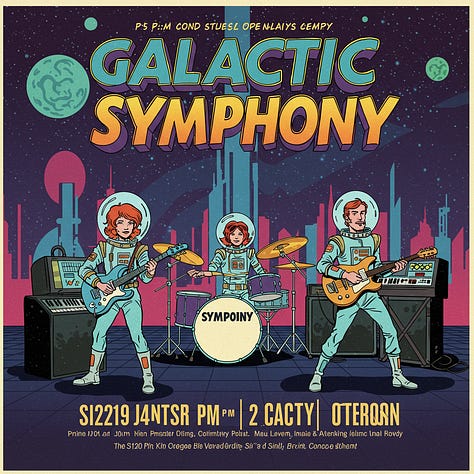
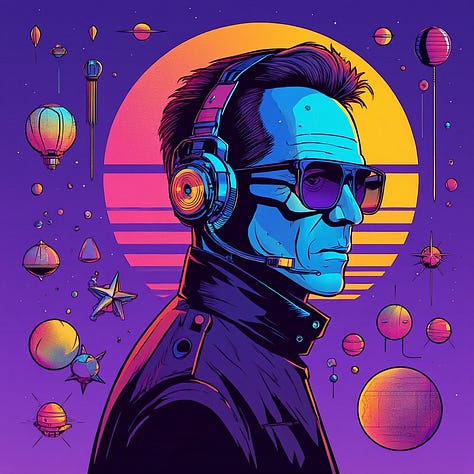
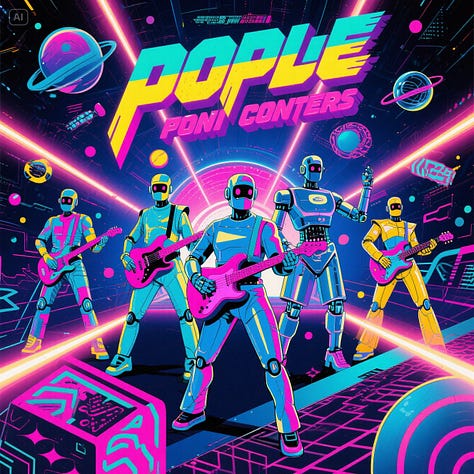
Interesting. I’d say GPT-4o and Ideogram are the most faithful to the pop art look. Reve is doing its synthwave thing again. Seedream also has a bit of that neon purple vibe this time around. But I do love Popl-e Poni Conters, especially their second studio album.
Modifier #4: “Stained glass”
I really enjoy the colorful stained glass images in Midjourney, so I was curious to see what the others might do with it.
Prompt: Stained glass window showing a winter scene
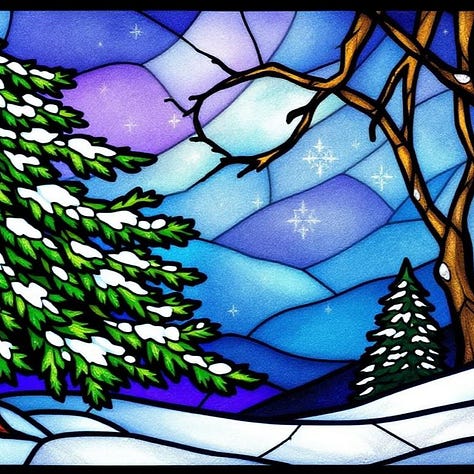
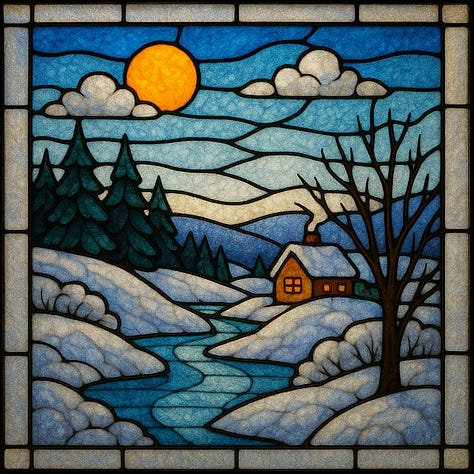
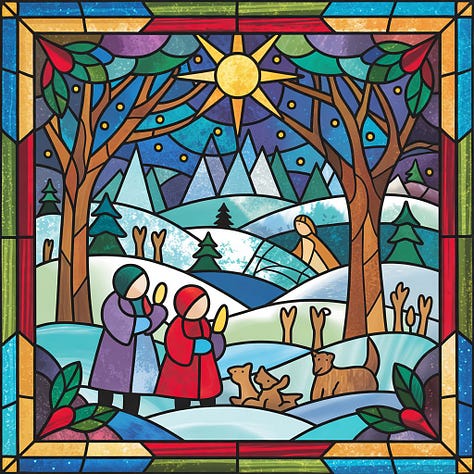
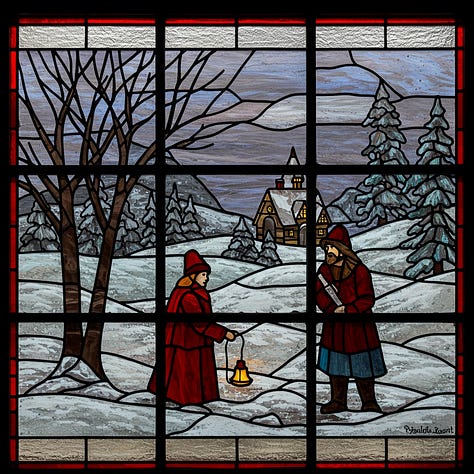

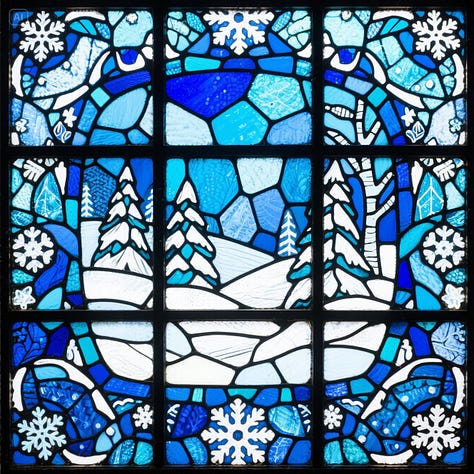
Ideogram and GPT-4o get the closest to what I had in mind, but Imagen and Seedream aren’t wrong to superimpose window panes over the stained glass elements. The finer details in many images are way too polished to be considered realistic stained glass representations.
Modifier #5: “Ukiyo-e”
Let’s wrap things up with a few Japanese ukiyo-e takes.
Prompt: An ukiyo-e print of a woman walking up the stairs towards a temple
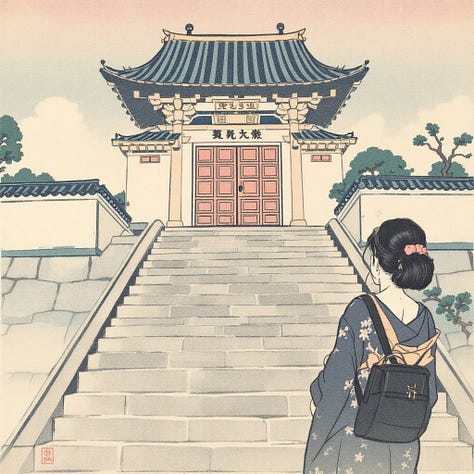

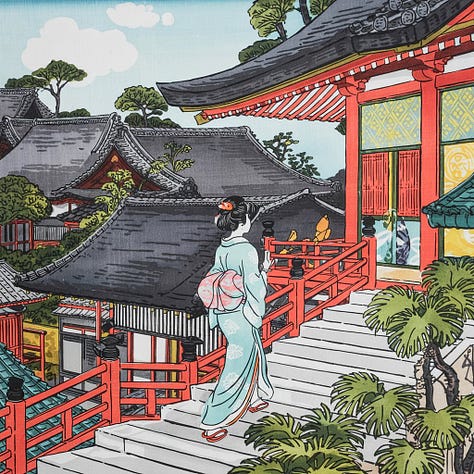
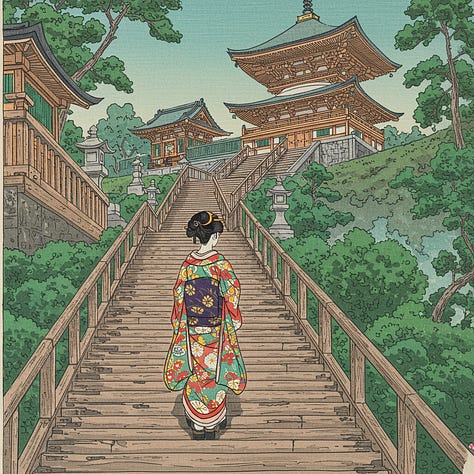

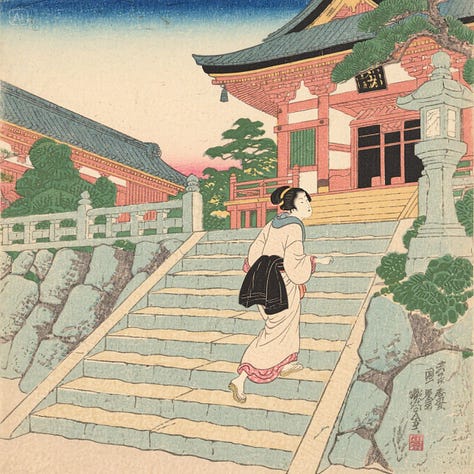
Once again, we get a broad range of outputs from the same style modifier.
FLUX and Seedream nail the faded traditional look while something like GPT-4o is perhaps a bit too saturated and stylized. But they all reflect the appropriate clothing, architecture, and similar details.
Final thoughts
What’s clear is that there are as many aesthetics as there are text-to-image models.
So don’t assume you know exactly what to expect: You won’t know how a model treats a style modifier until you actually try it.
I can also see that Midjourney remains in the top tier at making beautiful images out of the box with minimal effort. Some other models appear to need more hand-holding to create nice visuals—simple style modifiers might not be enough.
At the same time, GPT-4o is the most consistent in faithfully reflecting the requested styles in the majority of cases. Combined with its context awareness and accurate text rendering, GPT-4o is a no-brainer model for most people.
🫵 Over to you…
What’s your take on the way different models handle the same modifiers? What are your favorite images for each prompt? If you end up trying these prompts in other models, I’d be curious to see your results.
Leave a comment or drop me a line at whytryai@substack.com.
Thanks for reading!
If you enjoy my writing, here’s how you can help:
❤️Like this post if it resonates with you.
🔄Share it to help others discover this newsletter.
🗣️Comment below—I love hearing your opinions.
Why Try AI is a passion project, and I’m grateful to those who help keep it going. If you’d like to support my work and unlock cool perks, consider a paid subscription:

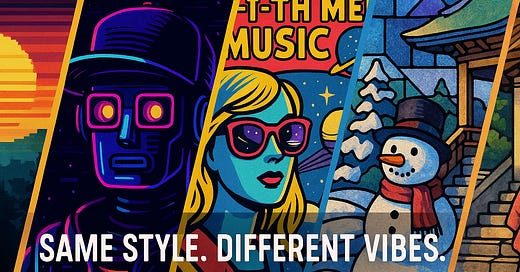



I need to remember to just come here one day when I'm generating an image (so, most days) and experiment w/one of these. The 16 bit one is a gold mine for the type of stuff I'm writing about the most this year, and the others are handy for anyone stuck with a meh image.
Cool testing. Would’ve been curious to see outputs from Leonardo!